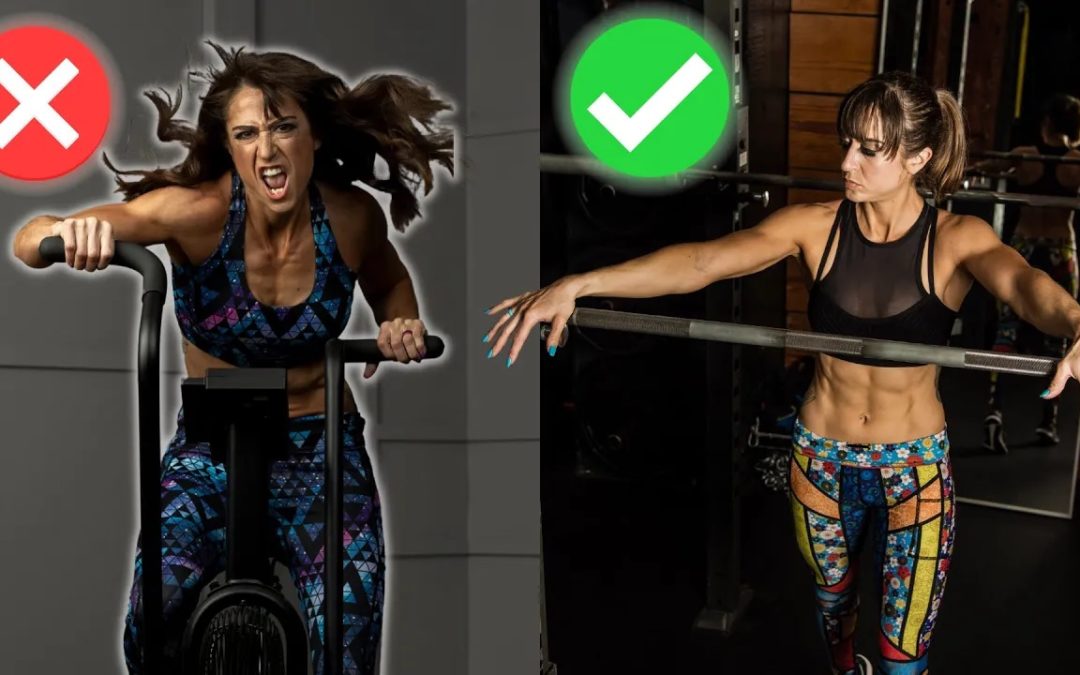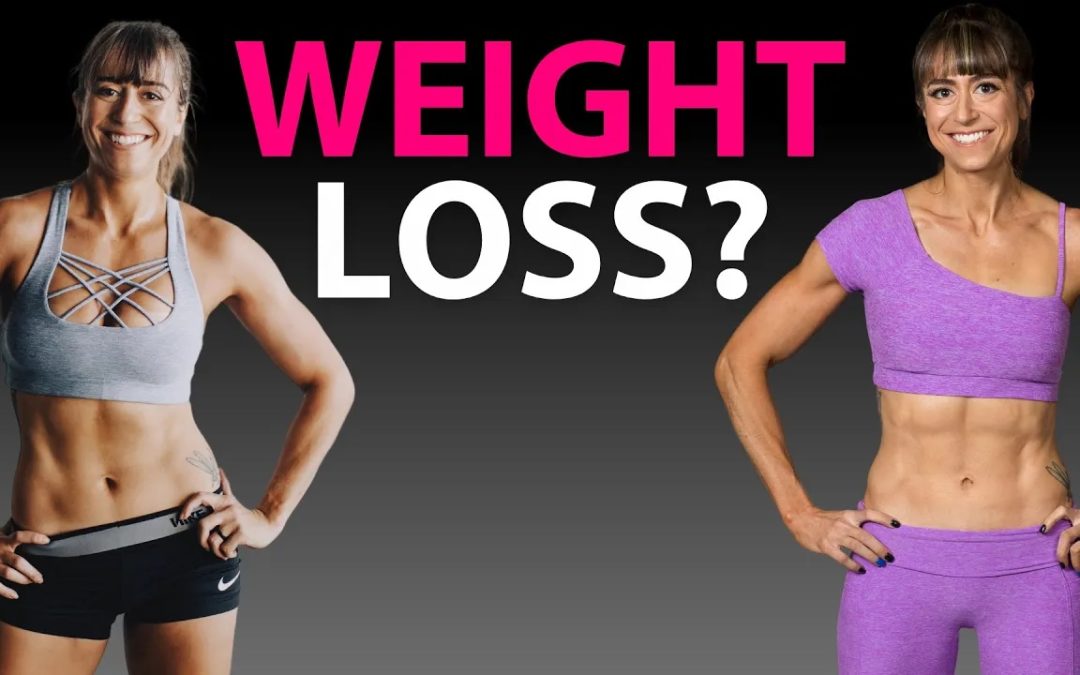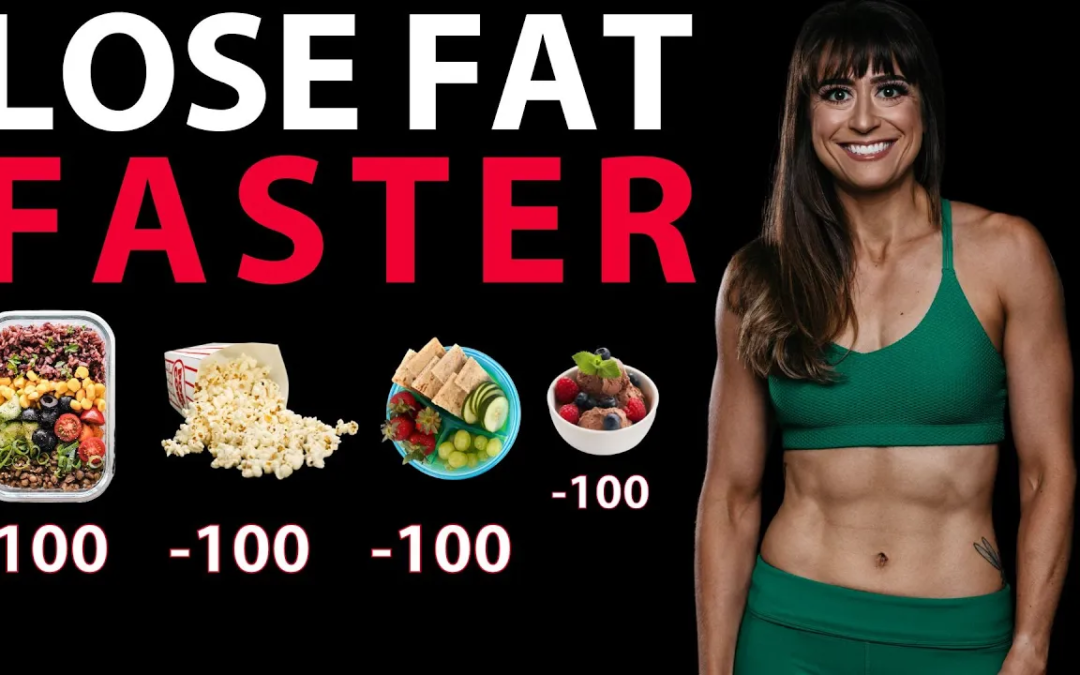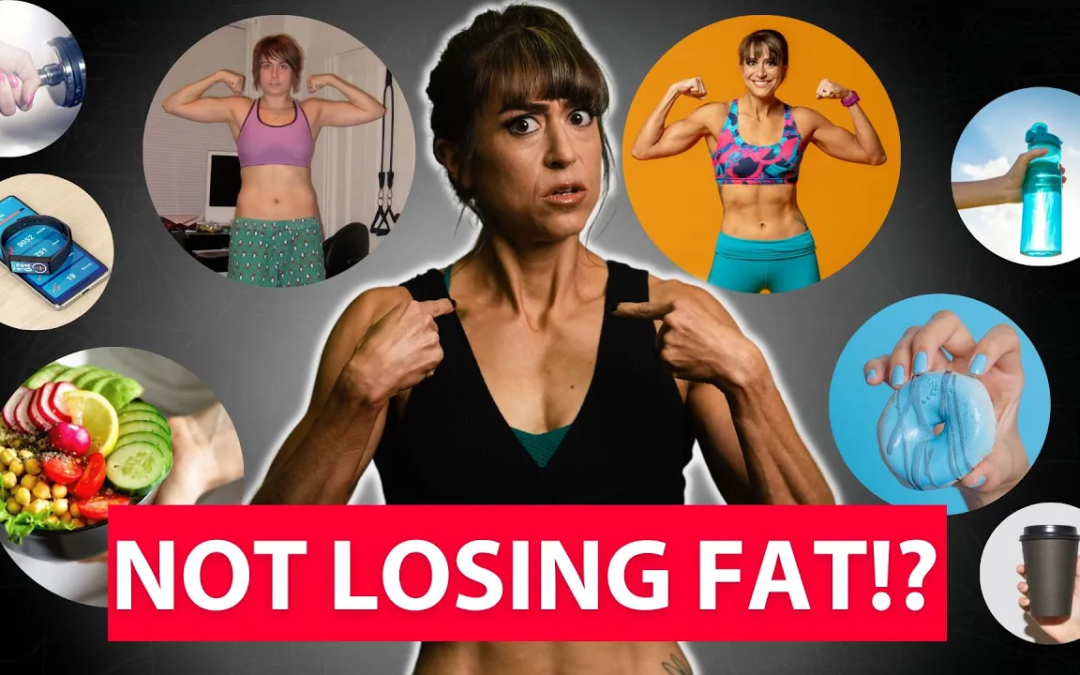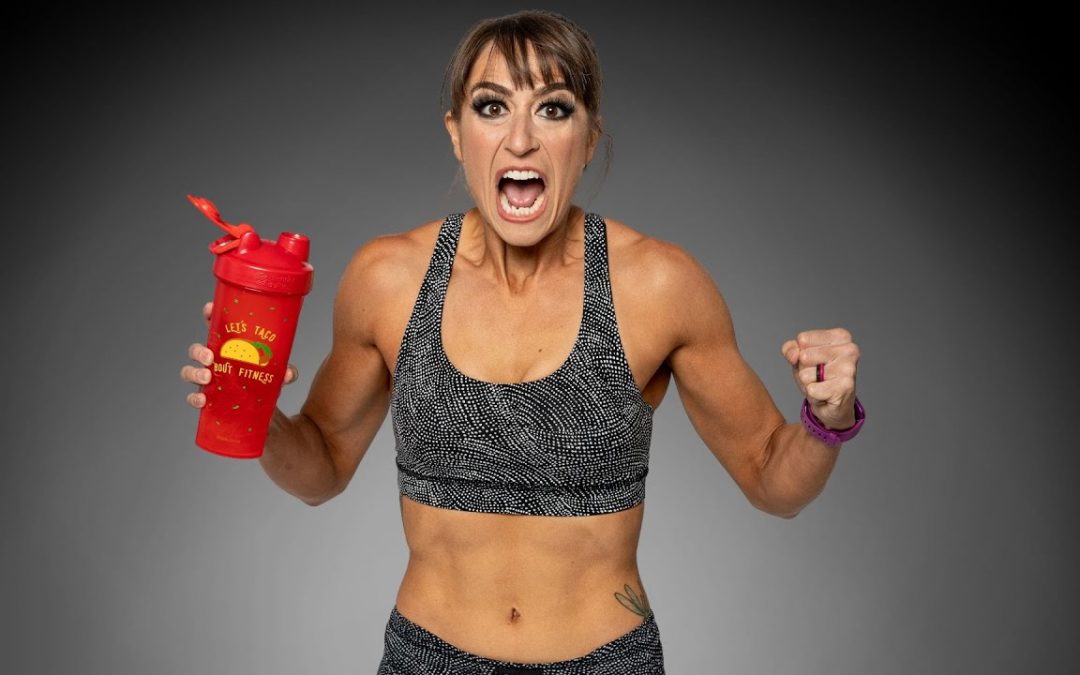
by Cori Lefkowith | Apr 23, 2023 | Blog, Exercises
“My weight loss results are so slow! I should probably just do more cardio!” Many of us have turned to cardio in the past to try to see better results faster. But not only may this additional cardio actually be SABOTAGING our fat loss results, we may see better...

by Cori Lefkowith | Apr 9, 2023 | Blog, Diet, Exercises
You tried on those pants that wouldn’t button… You stepped on the scale that showed you a number that made you want to hurl it at the wall… So now…you’ve decided you want to lose weight. In this video I want to share 5 things no one tells you about losing weight, but...

by Cori Lefkowith | Feb 20, 2023 | Blog, Diet
You want to cut your calories a bit to lose some weight… But you’re sick of feeling miserable and like you’re constantly giving up the foods you love to see results. In this video I’m going to show you 10 ways to easily cut 100 calories or more from your diet without...

by Cori Lefkowith | Jan 29, 2023 | Blog, Diet, Exercises, Functional Fitness
Struggling to see the weight loss results you want and feel like your only option is to overhaul your entire lifestyle? Well you don’t have to! In this video I’m going to share the 7 common lifestyle habits we think we need to implement to lose weight that actually...

by Cori Lefkowith | Jan 15, 2023 | Blog, Diet, Exercises, Workouts
I freaking quit. Do you know the #1 reason why we don’t see the fat loss or muscle gains we want. We simply, STOP doing the habits we need to. Honestly we’ve all been guilty of giving up right before results truly have time to snowball. Because it’s hard to trust the...
